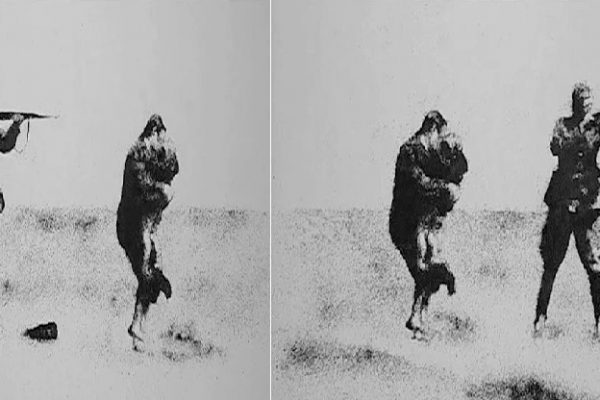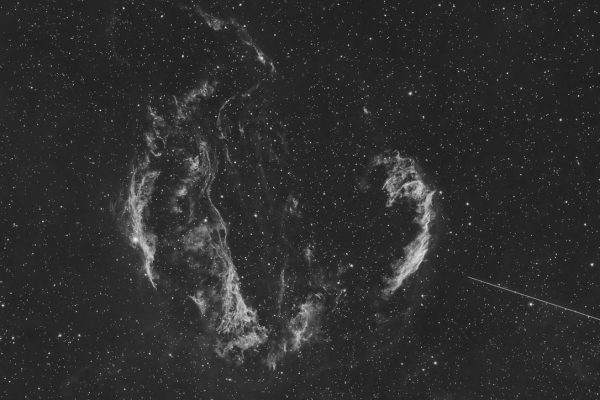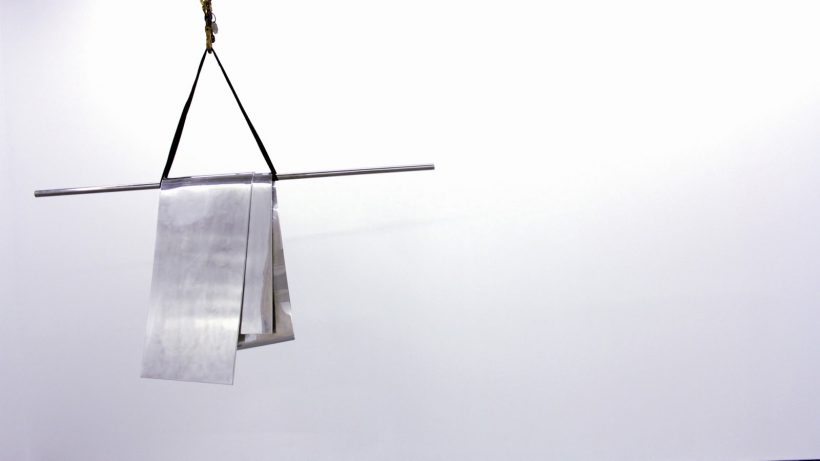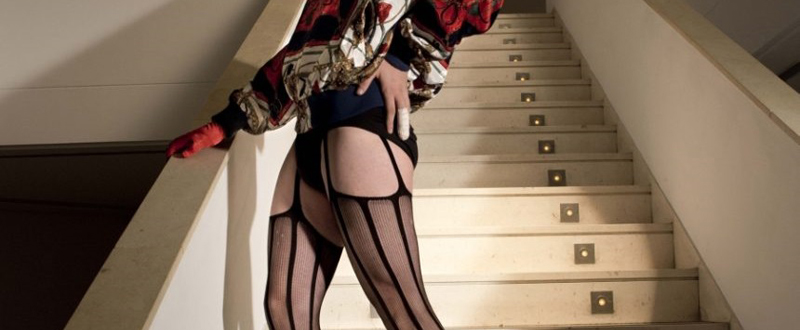Es tan respetable levantarse y preocuparse con “qué me pongo” como reflexionar sobre si una escultura tiene la forma, material y escala apropiados. Me atrevería a decir que a veces es el mismo ejercicio. Esta afirmación, que rescato de una conferencia que impartió Ana Laura Aláez en Arteleku, nos da la clave para entender sus inicios en el arte y la evolución de su obra. Para ella la auto expresión (primero en el vestuario) tronó […]
Mes: diciembre 2016
Ana Laura Aláez, my body, my sanctuary
It is so respectable to wake up and worry about «what I should wear» as reflecting on whether a sculpture has the proper shape, material and scale. I dare say that sometimes it’s the same exercise. This statement, which I rescued from a lecture given by Ana Laura Aláez in Arteleku, gives us the key to understanding the start of her career as artist and her evolution. For her, self-expression (first in the dressing room) […]
Look, if I loved you it was because of you hair
If we consider head hair as a psychic displacement of pubic hair (see Charles Berg’s The Unconscious Meaning of Hair), a broad panoply of sexual references is displayed according to the type of cut, tonsure, length, curl, color … leading to simplistic equations as shaved=celibacy or castration; long and red-haired=hot pussy. The history of art follows these symbolic displacements by immortalizing them in icons, such as the perfidious Lilith combing her red hair (Rossetti’s oil), […]
Mira que si te quise fue por tu pelo…
Si consideramos el cabello como desplazamiento psíquico del vello púbico (véase el estudio de Charles Berg El significado inconsciente del pelo), se abre todo un arsenal de referencias sexuales según tipo de corte, tonsura, longitud, rizo, color… que conducen a ecuaciones simplistas del tipo rasurado=celibato o castración; larga melena roja=vulva ardiente. La historia del arte secunda estos desplazamientos simbólicos inmortalizándolos en iconos, como la pérfida Lilith peinando su cabellera pelirroja (el óleo de Rossetti), tema […]
Cabello/Carceller, territorio liminar
En los ritos de iniciación el individuo se separa de la colectividad para después reagruparse asumiendo un nuevo estatus. En el umbral entre estas dos fases el ser deviene transicional, permanece en suspenso, sin realidad social, y esta invisibilidad le permite moverse en los márgenes de la estructura consensual. La “persona liminar” es potencia creativa, liberada de todo tabú. Dentro del ritual es representado como asexuado o bisexual. El antropólogo Victor Turner alentaba al estudio […]
Cabello/Carceller, liminal territories
In the rites of passage the individual is separated from the community and then regrouped assuming a new status. At the threshold between these two phases, human being becomes transitional, remains in suspense, without social reality, and this invisibility allows him to move on the margins of the consensual structure. The «liminal person» is a creative power, liberated from all taboo. Within the ritual it is represented with asexual or bisexual attributes. The anthropologist Victor […]
Fernando Bayona; a cada uno lo suyo
Si una obra es demasiado legible no es arte, es propaganda, argüía Andrés Serrano en relación a la plasmación plástica de su ambiguo sentimiento religioso, blasfemo para unos y hermoso para otros, porque es esa amplitud del margen de legibilidad la que incomoda, sobre todo cuando se apela a la pureza de lo impuro o, más bien, cuando este último término se vacía de todo sentido. Fernando Bayona también observa el mundo a través de […]
Fernando Bayona; to each his own
If a work is too legible it is not art, it is propaganda, Andrés Serrano argued in relation to the visual reflection of his ambiguous religious feeling, blasphemous for some and beautiful for others, because it is this breadth of readability that bothers, especially when one appeals to the purity of the impure or, rather, when the latter term is emptied of all meaning. Fernando Bayona also observes the world through the flesh, while his […]












